Removing artificial barriers for fish restores access to miles of upstream habitat.
Scotland’s rivers and streams are scattered with man-made structures like bridges, culverts, dams and weirs, which cut off fish access to over 4,000km of rivers. This affects migratory fish species in particular, such as Atlantic Salmon, lamprey and eels, because they cannot migrate upstream to reach important spawning grounds.
In many cases, these obstacles can be removed or modified to allow fish passage without compromising human infrastructure.
How does it work?
Old structures that are no longer being used can be completely removed. However, when infrastructure is still needed, it can be modified to improve fish passage. For example:
- Culverts under roads can be enlarged to allow space for fish to move through.
- Low bridges can be raised or fitted with a notch, creating a larger space underneath for water and fish to pass through.
- Where it is not possible to modify the structure, a technical fish pass or bypass channel can be installed to provide an alternative route.
Before restoration
This culvert is no longer being used but is blocking fish from moving upstream.

- The step is too high for some fish species to leap up into the culvert.
- The culvert creates an unnaturally low, slow flow through the tunnel. The water level is too low for most fish species to swim through.
- The culvert forces water to slow down and deposit sediment, causing the culvert to fill up with stones and silt. This reduces the space inside, making it even hard for fish to get past.
After restoration
The culvert has been removed, allowing fish to move upstream again.

- Natural flow levels have been restored, preventing sediment from building up and allowing fish to swim upstream without interruption.
- The removal of the culvert has allowed a gradually sloping streambed to form, so that fish no longer have to jump up a step.
- If the culvert needed to stay in place to allow road access over the stream, it could be modified to allow deeper, faster water flow and to remove the step, making it easier for fish to swim through it to reach the waters upstream.
CASE STUDY: In 2016, a 3.5m high weir built in the 1850s was removed from a tributary of the Tarff Water in Dumfries and Galloway. This opened up 10km of fish habitat, where young salmon were found upstream less than a year after the weir removal.

